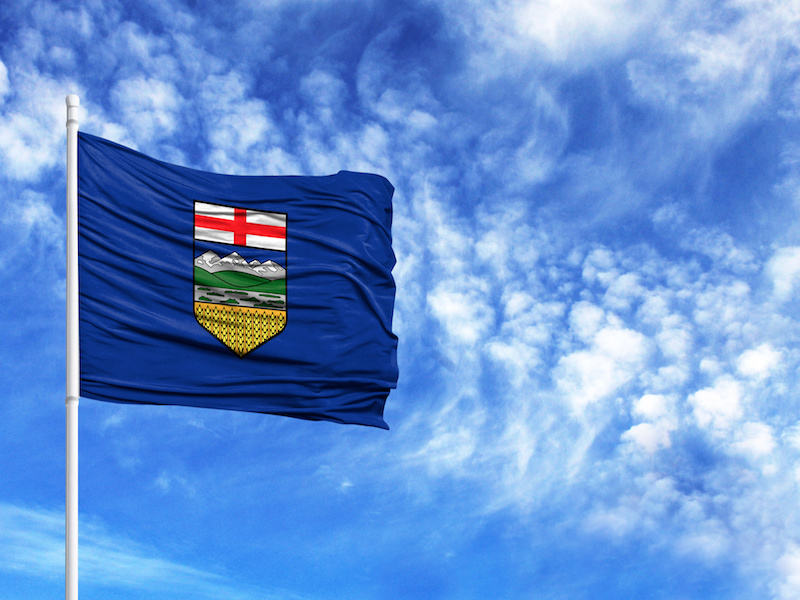

What can a small Alberta town of 70,000 people do when the provincial government’s response to, “We need a hospital,” is that they can possibly have one by 2040?
This year, the town of Airdre became Canada’s first Blue Zone and healthiest community. The term Blue Zone, which was coined by author Dan Buettner, determines certain regions of the world to be the healthiest based on how long people live. Instead of seeking answers through a typical health-care lens, the town decided to find solutions another way, said Mark Seland, chief executive officer of Abrio Health, during Benefits Canada‘s 2019 Calgary Benefits Summit at the Fairmont Palliser Hotel on May 22.
Read: Sounding Board: Treating workplace as community enhances wellness initiatives
“When the journey began . . . we did a few things,” he said. “We did about two years of public consultation, and we sorted that by needs-based groups . . . . Those with chronic end-of-life illness had different needs than the young families’ needs [and] the 35-year-old single females’ [needs].”
A demographic snapshot of the community conducted by population health found it was a very young community with seniors making up only seven per cent. It also found an above average income level. And about 50 per cent of the adult population commuted somewhere else each day, but children, young people and seniors all stayed in town, making it a transitory place.
In terms of population health indicators, “it has the highest rate of obesity in the calories zone . . . . It has lower than average rates of smoking, binge drinking [and] the lowest consumption of fruits and vegetables in that zone,” said Seland. “And strangely enough, of 70,000 people, 600 different medical clinics were visited by these people. So there’s very little attachment to the traditional system itself.”
Read: Award winners discuss paths to improving employees’ well-being
With 2019 becoming the year of healthy living for Airdrie, the initiative was rolled out across the community, including buy-in from the mayor. “So how the heck do you get people to be the healthiest community in Canada? Well, what you’re looking at here is what we would call the social determinants of health. And basically what actually determines our health status is not doctors, not pills, not hospitals,” said Seland.
He noted the social determinants of health have to do with what’s in the environment. “It’s how our cities are built, our communities are built, our schools, our income levels, our food sources, all these sorts of things.”
Up until now, the focus of good health has included workplace wellness, as well as encouraging kids to be active in schools and people to be active in communities. But it doesn’t work to do these things in isolation, said Seland, noting it has to be a community effort.
“We all know people spend most of their waking time at work and so the workplace is part of that broader ecosystem. Blue Zones has implemented this [workplace initiative], and it’s not just simply in a human resources department or an employee wellness committee or something. Their workplace protocol makes it organization-wide.”
Read: Health challenges expand one-size-fits-all approach to wellness
By bringing the Blue Zone concept into the workplace, employers can expect to see a reduction in illness and absenteeism, as well as a higher and better quality work output, as measured by Blue Zones in 48 other communities, noted Seland.
He admits it’s a rather daunting task for an employer to bring this initiative into the workplace, including changing policies, as well as how people interact and have appropriate time for moving naturally. “That transformation of your business may be a higher upfront cost, but four years out, it’s starting to actually return dividends.”
Read more stories from the 2019 Calgary Benefits Summit.
